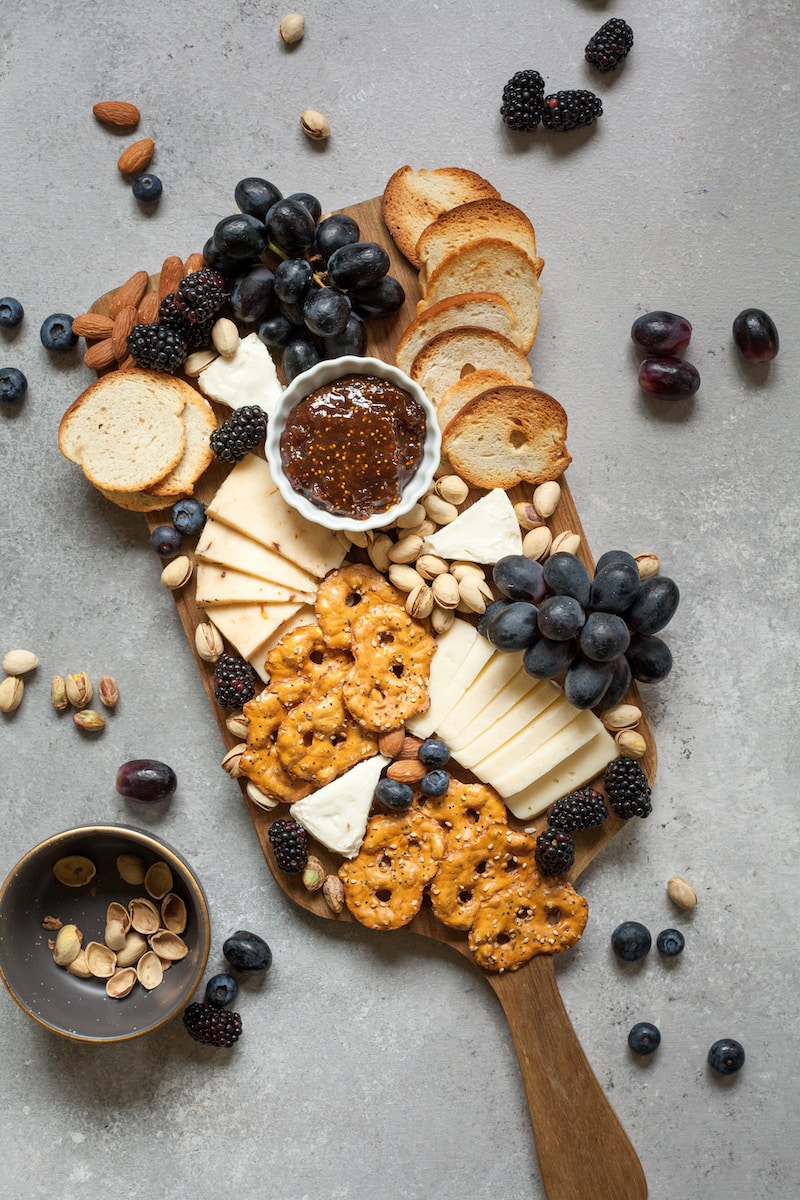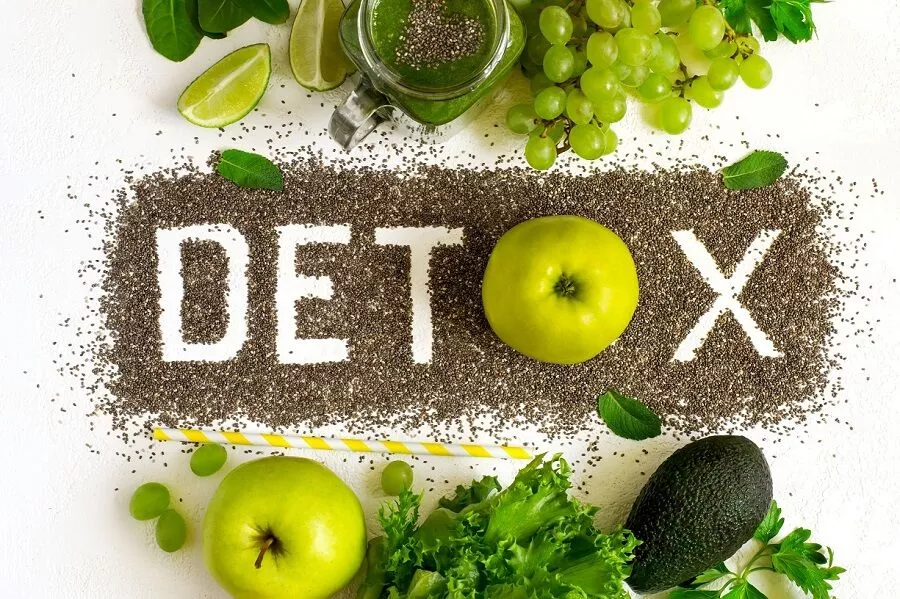How to Properly Thaw Beef
This post is a collaboration with Beef. It’s What’s for Dinner., on behalf of the Beef Checkoff, as part of my role as a member of the Beef Expert Bureau.
When I was a girl, I learned firsthand why to never leave beef to thaw on the counter top overnight. My mom had done that with a juicy piece of beef Tenderloin to feed our family of seven and in the morning all she found was an empty package. Our German Shepherd had finished off that family-sized portion of beef! Besides the fact that your pets can get into the food, there are other reasons why you shouldn’t leave beef to thaw on the counter top, including the possibility of foodborne illness. Following the recommended guidelines for proper thawing can help ensure your beef remains safe to eat.
Why You Shouldn’t Thaw on the Counter Top
Never thaw or defrost beef at room temperature. First, bacteria thrive at temperatures between 40°f to 140°F, which is exactly the temperature in your kitchen. Given a moist protein food, like beef, bacteria have the opportunity to multiply to amounts that can potentially make you and your family ill. Second, when you thaw beef, the juices can leak onto your counter top or other surfaces. This can lead to cross-contamination and potentially spread the pathogens unknowingly throughout your kitchen.
Recommended Ways to Thaw Beef
Storing beef in the freezer is a fabulous way to keep beef for several months. You can freeze beef in its original packaging up to two weeks. For longer storage, wrap in heavy-duty aluminum foil or in plastic freezer bags, removing as much air as possible.
When the time comes to defrost (or thaw) the beef, it should be done in any of the following ways:
In the refrigerator (the safest way!)
Place your frozen package of beef on a plate or tray to catch any juices (and on the bottom of your refrigerator to avoid cross contamination). Give yourself at least 12 to 24 hours in advance to defrost (more time might be needed depending on the beef cut).
In the microwave oven
When you need to get a meal on the table quickly, try the easy microwave thawing process below. Always remember, when thawing in the microwave, the beef must be cooked immediately after. This is because the microwave has an uneven distribution of heat, and some parts of the meat may have already started to cook (which provides a great opportunity for pathogens to grow and food to become unsafe if not cooked immediately).
Under cold running water
If you choose to thaw your beef under cold, running water, it requires more attention than the other methods. First, the beef must be sealed in a leak-proof package or plastic bag. If the bag leaks, bacteria from the air or surrounding environment could potentially be introduced into the food. In addition, the meat tissue may absorb water, which can decrease the quality of the product.
Next, submerge the bag in cold tap water, changing the water every 30 minutes so it continues to thaw. For a small package of beef, about 1 pound, it can take an hour or less to thaw. A 3- to 4-pound package of beef can take 2 to 3 hours. If the food is thawed completely, then it must be cooked immediately. Beef thawed using the cold water method should be cooked before refreezing.
Cook without thawing
Beef can be cooked directly from a frozen state. The cooking usually takes 50-percent longer than the recommended time for fully thawed beef.
Cooking Your Beef
Once your beef is thawed using any of the recommended methods above, then it’s time to cook it. While you may hear some professional chefs recommend cooking beef on “high” or over a “searing hot skillet,” for the home cook, this can result in food that is charred on the outside and raw in the inside (or completely overcooked all around!). Remember to always cook your beef to the proper minimal internal cooking temperature and check using an instant read thermometer. Ground beef should be cooked to at least 160°˚F and steaks or roasts to at least 145°˚F.
Happy, healthy eating!
Reference: USDA FSIS Fact Sheets








